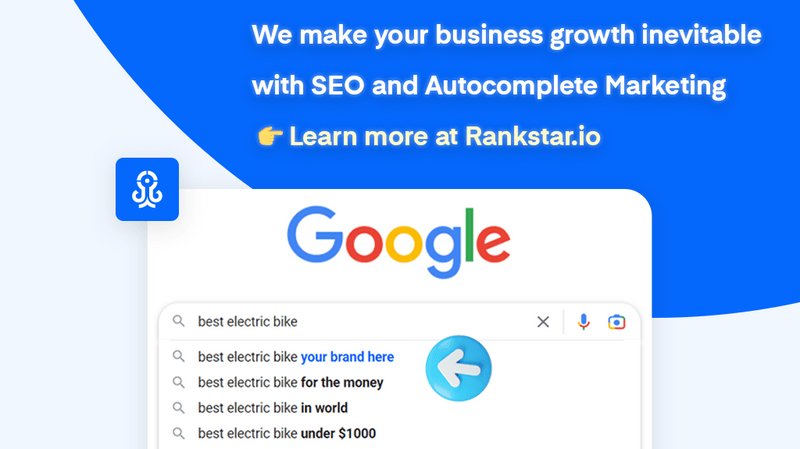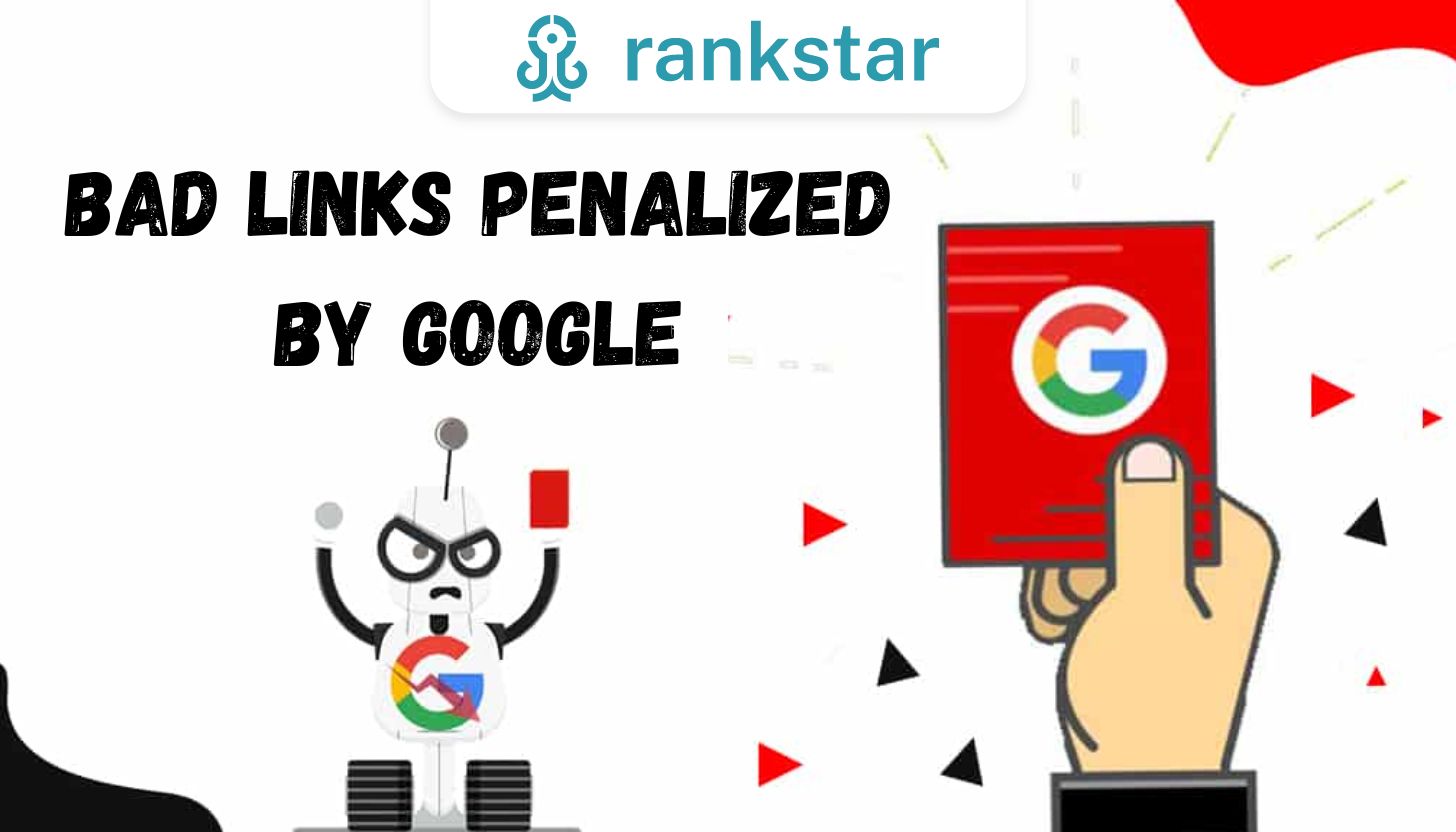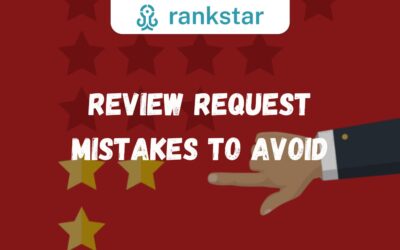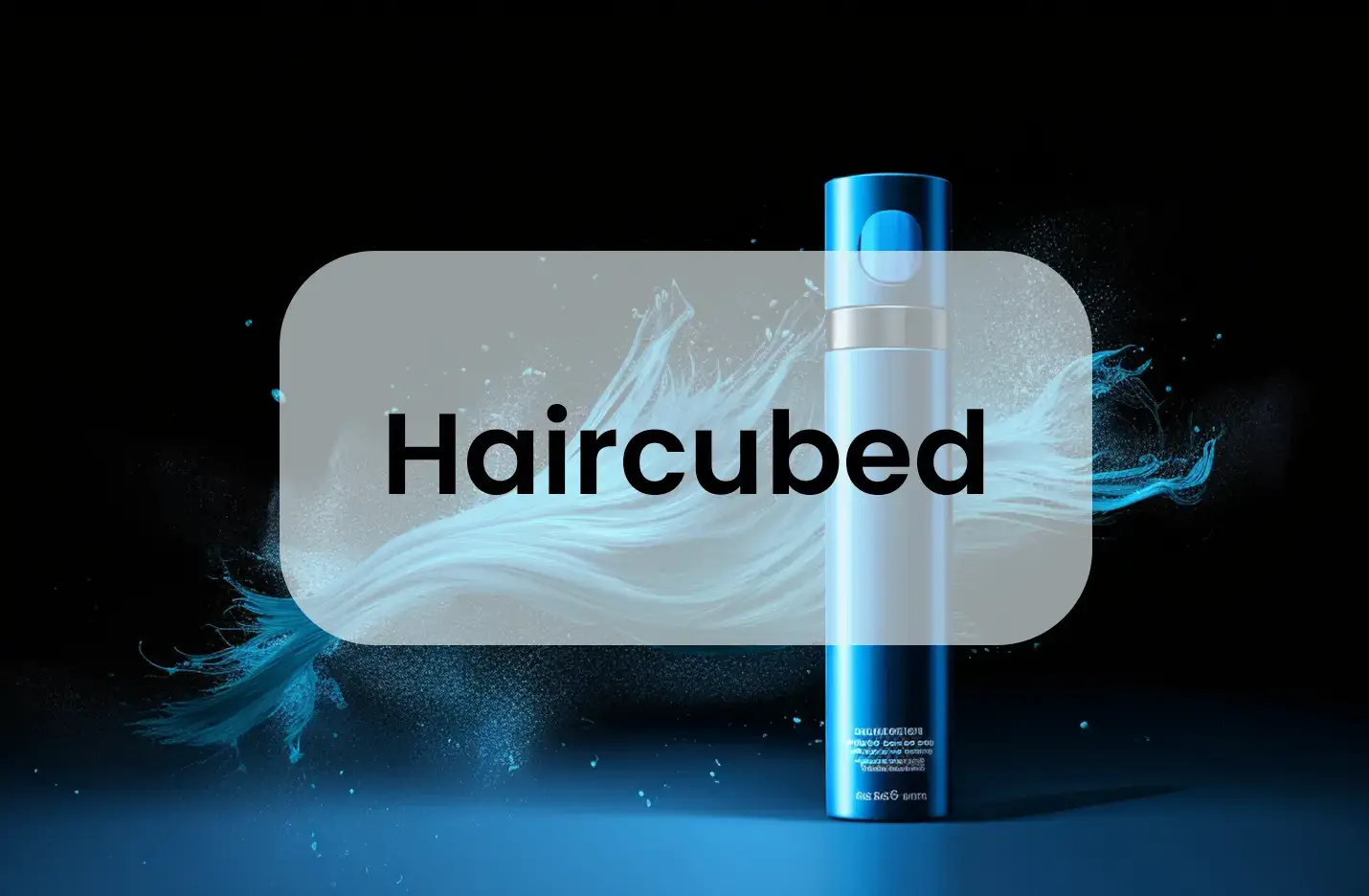Navigating the digital landscape without understanding the red flags of bad links penalized by Google is like walking through a minefield with a blindfold—you’re bound to step into trouble sooner or later.
You’ve likely invested countless hours into crafting your website’s content, but without a keen eye on your link-building strategy, Google’s algorithms might penalize you, sinking your rankings and visibility.
This guide spotlights the once-popular yet now dangerous practices, such as engaging with Private Blog Networks and the deceptive convenience of cheap link services. You’ll uncover the tools and strategies necessary to detect, audit, and clean up your link profile, ensuring your site remains in Google’s good graces.
Stick around to learn how to fortify your digital presence against these hidden dangers, safeguarding your hard work and propelling your site to the top of search engine results.
Key Takeaways
- Avoid using press release links and foreign guestbook links, as Google considers these manipulative.
- Steer clear of cheap link services and automated link building programs to prevent penalties.
- Implement quality link building strategies, focusing on relevancy and avoiding spammy tactics.
- Regularly monitor and manage your link profile to defend against negative SEO attacks.
Elevate Your SEO Strategy with RankStar’s Targeted Link Building Services
Ready to maximize your website’s link equity and boost your search engine rankings? Look no further! RankStar offers specialized link building services tailored to target online directories, ensuring your website gains valuable backlinks from relevant and reputable sources.
Our expert team will identify the most strategic online directories for your industry or niche, optimizing your listings for maximum impact and ensuring consistent NAP information across all platforms.
Don’t miss out on the opportunity to enhance your SEO efforts and drive organic traffic to your website. Visit RankStar’s Link Building Services now and let’s amplify your online presence together!

What Makes a Link ‘Bad’?
What exactly transforms a seemingly innocuous link into a detrimental one for your SEO efforts? It’s a fine line between a strategy that boosts your site’s visibility and one that plunges it into the abyss of Google’s penalties. The crux lies in understanding why some links are labeled ‘bad’ and how they end up being penalized by Google.
You’ve got to recognize that not all links are created equal. Google’s algorithm has become incredibly adept at sniffing out links that attempt to manipulate page rankings. This sophistication means that what might’ve passed as a clever SEO tactic years ago could now land you in hot water. The essence of bad links penalized by Google is their intent and origin. If a link is designed to manipulate search rankings rather than provide real value to readers, you’re skating on thin ice.
Moreover, the source of your links plays a crucial role. Links from dubious or irrelevant sites can tarnish your site’s reputation by association. Google’s vigilant algorithm is constantly on the lookout for such manipulative practices. In essence, being strategic and informed about your link-building efforts is paramount to avoid the pitfalls of bad links penalized by Google.
Types of Bad Links Penalized by Google
Understanding the essence of what makes a link ‘bad’ sets the stage for exploring the specific types that Google penalizes. As you navigate the digital landscape, it’s crucial to recognize these dangerous waters to maintain your site’s SEO integrity. Here’s a breakdown of the key offenders in the realm of link schemes:
| Link Type | Why It’s Penalized | Strategic Insight |
|---|---|---|
| Press Release Links | Considered a link scheme | Use branded URLs instead |
| Forum Links | Quality and relevance issues | Monitor and manage actively |
| Foreign Guestbook Links | Seen as manipulative | Disavow if spammy |
Press release links, once a staple of SEO strategies, are now penalized due to their scheme-like nature. Opting for naked or branded URLs in your anchor text can circumvent this issue. Forum links demand a quality over quantity approach. Google’s discerning algorithms can detect spammy or irrelevant forum engagements, so it’s essential to monitor and manage these carefully. Lastly, links from foreign guestbooks are red flags for manipulative practices. The scale and relevance of these links can negatively impact your rankings, making it wise to consider disavowing them if they’re spammy. Navigating these waters requires a strategic, informed approach to avoid the pitfalls of penalization.
Consequences of Bad Links
Delving into the consequences of bad links penalized by Google reveals that they can severely damage your site’s SEO performance, leading to reduced visibility. When you’re hit with these penalties, your site’s ranking drops, often plummeting from the first page of search results where visibility is highest. This can drastically reduce your organic traffic, as most users don’t venture past the initial search results page.
Moreover, recovering from these penalties isn’t straightforward. It requires identifying and removing or disavowing the harmful links, a process that’s both time-consuming and complex. During this recovery period, your site’s visibility and traffic continue to suffer, potentially leading to losses in revenue and tarnishing your brand’s reputation online.
It’s also important to understand that these consequences aren’t limited to immediate impacts. The long-term effects on your site’s trustworthiness and authority with search engines can be profound. Rebuilding this trust is a slow process, often requiring you to not only clean up your link profile but also engage in building high-quality, organic links. This strategic shift towards sustainable SEO practices is essential to avoid future penalties and ensure your site’s resilience against algorithm updates.
Detecting and Auditing Your Link Profile
Recognizing the severe consequences bad links penalized by Google have on your site’s SEO performance, it’s crucial to meticulously audit and understand your link profile. You’ve got to start by gathering comprehensive data on your backlinks. Tools like Google Search Console, Ahrefs, or SEMrush offer deep insights into who’s linking to you, how, and why. Pay particular attention to the anchor text used, the relevancy of the linking domain, and whether a link is follow or nofollow.
Analyzing this data, you’ll identify patterns that may suggest manipulative link-building practices, such as an unnaturally high volume of exact match anchor text or links from questionable sources like PBNs or foreign guestbooks. These are red flags to Google and can harm your site’s credibility and search rankings.
Equally, don’t overlook the power of qualitative analysis. Investigate the context in which links appear. Are they embedded within quality, relevant content, or do they seem out of place? This level of scrutiny helps you discern the valuable links from the potentially harmful ones, guiding your next steps in refining your link profile for optimal SEO health.
Cleaning Up Your Link Profile
Once you’ve identified harmful links within your profile, it’s crucial to start the cleanup process immediately to safeguard your site’s SEO health. Cleaning up your link profile is a strategic endeavor, demanding a meticulous approach to ensure your site’s standing with Google isn’t compromised.
Here’s a four-step plan to methodically remove or disavow bad links penalized by Google:
- Conduct a Comprehensive Audit: Thoroughly review your link profile to pinpoint the exact links causing harm. Use tools like Google’s Search Console to identify which links are unnatural or spammy.
- Reach Out for Removal: Contact the webmasters of the sites hosting the problematic links and request removal. Keep records of your communication as evidence of your proactive efforts.
- Create a Disavow File: For links that can’t be removed, prepare a disavow file for Google. Be precise in listing only the harmful links to avoid unintentionally disavowing beneficial ones.
- Submit Through Google’s Disavow Tool: Once your disavow file is ready, submit it through Google’s Disavow Links Tool. This signals to Google which links to ignore when assessing your site.
This cleanup process is essential in maintaining a healthy SEO profile, requiring both diligence and strategic foresight to navigate effectively.
Preventative Measures and Best Practices
To safeguard your site’s SEO health, it’s crucial to implement preventative measures and adhere to best practices in link building. In the dynamic landscape of SEO, staying informed and strategic is key. You must avoid outdated tactics like press release links and indiscriminate forum posting, which not only have diminished in value but can also harm your site’s credibility with Google. Instead, focus on acquiring links from high-quality, relevant sites.
Use naked or branded URLs in your anchor links to keep them natural and avoid over-optimization, which Google might interpret as manipulative. Be wary of the scale and source of your nofollow links; a massive accumulation, especially from dubious sources, could raise red flags. Moreover, excessive reliance on social bookmarking or any automated link building tools can backfire, leading to penalties.
It’s also essential to regularly audit your link profile. Identify and disavow spammy or harmful, bad links penalized by Google that could drag your rankings down. This proactive approach not only shields you from potential penalties but also aligns your link building efforts with Google’s evolving guidelines. Remember, quality over quantity always prevails in building a robust, penalty-proof link profile.
Frequently Asked Questions
How Does Google’s Perception of ‘Bad’ Links Evolve, and How Can Webmasters Stay Informed About These Changes?
Google’s view of ‘bad’ links evolves with the web, catching manipulative tactics. To stay informed, follow SEO news, Google’s guidelines, and webmaster blogs. It’s crucial for maintaining your site’s integrity and rankings.
Can ‘Bad’ Links From Reputable or High-Authority Websites Still Negatively Impact Your SEO, and How Should They Be Handled?
Yes, bad links from reputable sites can still harm your SEO. You should analyze these links critically, disavow if necessary, and focus on building high-quality links to maintain your site’s health and rankings.
What Role Do User-Generated Content Platforms Play in the Creation of Bad Links Penalized by Google, and What Responsibilities Do Website Owners Have in Monitoring These Links?
User-generated content platforms can quickly become sources of bad links penalized by Google. You’ve got to monitor these links closely to avoid SEO penalties. It’s your responsibility to identify and disavow harmful links to protect your site’s ranking.
How Does the Use of Artificial Intelligence in Google’s Algorithms Affect the Detection and Penalization of ‘Bad’ Links, and What Future Trends Can We Expect?
AI in Google’s algorithms enhances the detection of ‘bad’ links, making your SEO efforts more challenging. Expect stricter scrutiny and adapt by focusing on quality, relevant link-building strategies to stay ahead.
In the Context of Link Equity, How Do Bad Links Penalized by Google Affect the Distribution of Pagerank or Authority Throughout a Site, and Can This Process Be Visualized or Quantified for Better Understanding?
Bad links penalized by Google can dilute your site’s PageRank, making your SEO efforts less effective. Visualizing this through tools helps you see how authority’s spread, letting you strategically disavow or improve link quality for better distribution.
Conclusion
In conclusion, navigating the SEO landscape demands vigilance against the pitfalls of bad links penalized by Google. By understanding what makes a link detrimental and staying informed on Google’s penalties, you can safeguard your site’s ranking.
Audit your link profile regularly, clean up any toxic links proactively, and adhere to best practices for a robust link-building strategy. Remember, in the realm of SEO, a preventive approach beats remediation.
Stay strategic, stay informed, and your site will thrive amidst the complexities of modern SEO.




















